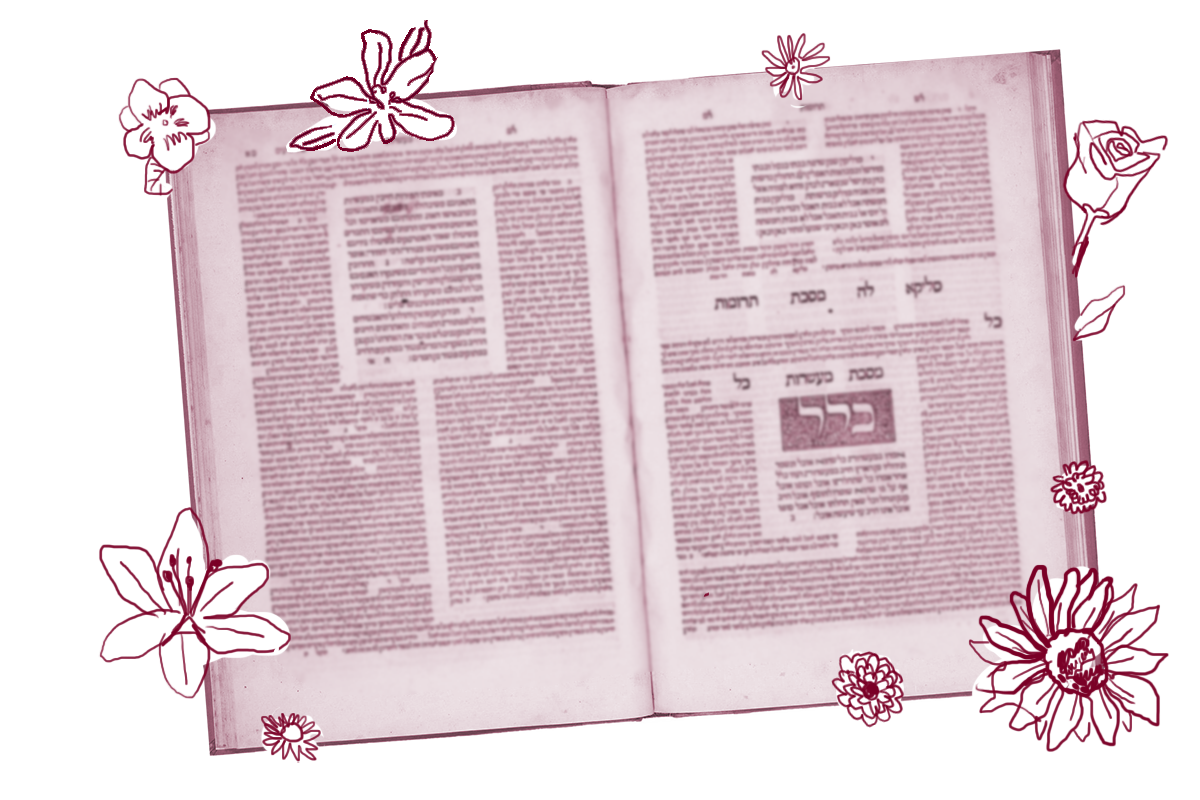The mishnah on today’s daf lists a number of mitzvot that can only be performed during the day. One of those mitzvot is reading the megillah. And yet, if you check any synagogue’s calendar, you’ll likely find that they read the megillah twice on Purim — once at night and once during the day. How does that jive with today’s mishnah?
The Gemara’s discussion of this question opens up an opportunity to think about rabbinic learning more generally by first offering an explanation and then a discussion of this question. First, the explanation: Why does the mitzvah to read the megillah have to be fulfilled during the day? The Talmud points to the Book of Esther, and the statement that the events there described be commemorated in future generations:
As the verse states: “And that these days should be remembered and kept” (Esther 9:28) — during the day, yes, at night, no.
The verse says “days,” so the Talmud reasons the story must be recounted and read during the day.

Help us keep Jewish knowledge accessible to millions of people around the world.
Your donation to My Jewish Learning fuels endless journeys of Jewish discovery. With your help, My Jewish Learning can continue to provide nonstop opportunities for learning, connection and growth.
Next, the discussion. It turns out that Rabbi Yehoshua ben Levi had already taught that one must read the megillah both at night and during the day. How does that fit our mishnah’s insistence that it be read during the day? Maybe it doesn’t.
Let us say that this is a conclusive refutation of Rabbi Yehoshua ben Levi, as Rabbi Yehoshua ben Levi said: A person is obligated to read the megillah at night and then repeat it during the day.
The mishnah was recorded before Rabbi Yehoshua ben Levi lived, so perhaps he was wrong in disagreeing with this earlier teaching. The Gemara rejects this interpretation:
When the mishnah teaches that (the megillah must be read during the day, it was only referring) to the daytime reading.
According to the Talmud, the mishnah teaches us only that the daytime megillah reading must take place after sunrise. The mishnah doesn’t discuss the nighttime reading at all – which doesn’t mean that it isn’t also a mitzvah, just that it isn’t relevant to the discussion of which mitzvot must be performed after sunrise. Both Rabbi Yehoshua ben Levi and the author of our mishnah are correct.
While this is a relatively simple discussion, it models something that has broad applicability for how we learn today. The Talmud first explains the reasoning behind the mishnah’s teaching before potentially complicating it. It makes sure we are all on the same page about what is happening and why before going deeper into how it fits with other teachings.
Those of you who are teachers are probably familiar with Bloom’s taxonomy. At its most simple, it’s a way of pedagogically ordering learning outcomes so that they build on each other in complexity while ensuring the development of critical thinking skills. Bloom’s taxonomy lists six levels of learning outcomes. First comes knowledge, followed by comprehension, application, analysis, synthesis and evaluation.
The discussion on today’s daf models exactly this kind of learning. First, we are told a statement in the mishnah. Then we learn to comprehend it and apply our knowledge of the Book of Esther to it. And then we analyze it and synthesize it with other rabbinic teachings, before finally evaluating whether those connections are even relevant. Only then can we ensure no one is left behind in the process of learning.
Read all of Megillah 20 on Sefaria.
This piece originally appeared in a My Jewish Learning Daf Yomi email newsletter sent on January 1st, 2022. If you are interested in receiving the newsletter, sign up here.



